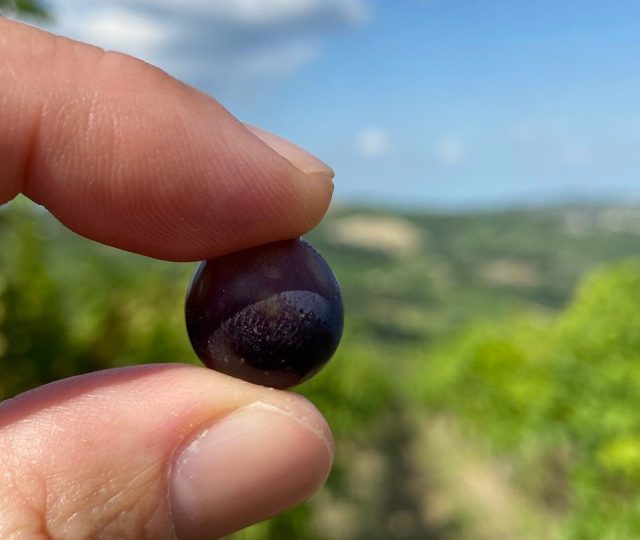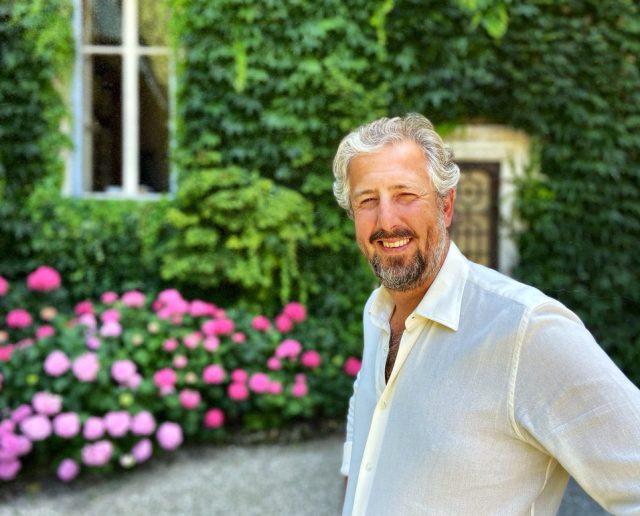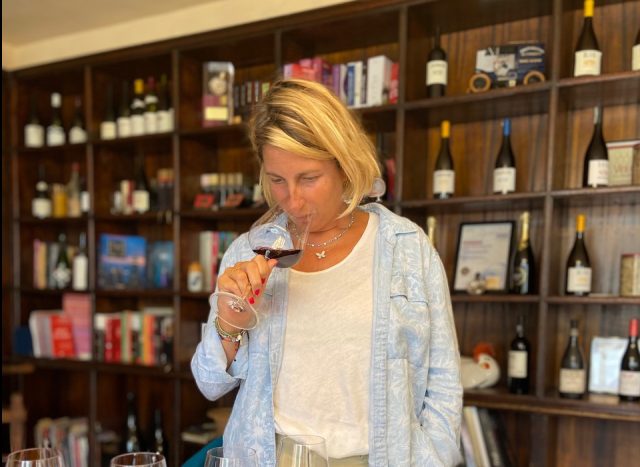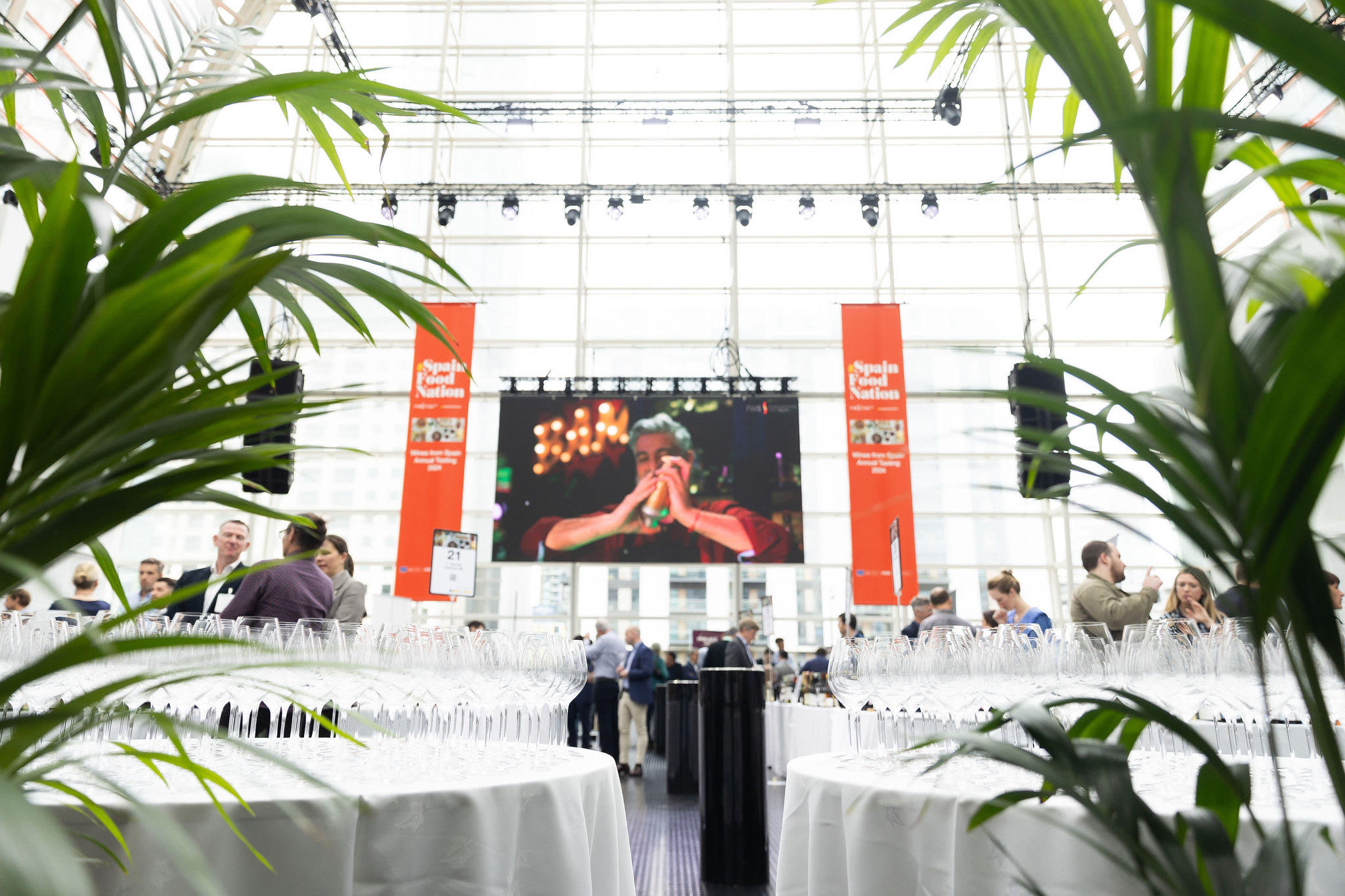What to expect from Italy’s 2022 vintage – from Alto Adige to Sicily
By Filippo BartolottaItaly’s 2022 vintage has needed a great deal of tactical and strategical interventions from its winemakers to reach its peak. Filippo Bartolotta speaks to producers about what can be expected from this year’s crop.

It is that time of the year when the power of grapes to become wine is about to take place – harvest time!
For 8,000 years, mankind has been actively nursing the vine, waiting each year to ignite and assist the transition of the fruit into our beloved vino. Wine is the perfect mirror of the unique relationships among nature, grape varieties and human factors which every region manifests with a strong sense of place or what we know as terroir.
Every year though terroir’s many factors undergo a deep reshuffle due to the behaviour of that particular vintage – and the 2022 vintage in Italy has asked a great deal of tactical and strategical interventions from its winemakers to complete the annual cycle.
Forecasting a vintage is always something of a gamble at the beginning of August as anything can still happen. As I write this article, for example, Italy has started to see both drought-saving rains as well as violent water bombs and hail storms destroying much of the work done till now.

So although is still early, we can draw a pretty accurate picture of what has been happening and attempt a few outcomes.
The winter was quite regular with good annual snowpack levels in the Alpine regions and enough rains across the central and southern regions. Signs of dramatic drought only started to show with the unprecedented heat wave that had already melted the snow by the end of May and an absence of rain for over a hundred days.
But the vine and the wine world always show remarkable levels of resistance, resilience and an effective reaction to critical vintages.
Luckily, the lesson learned by wine producers from the monstrously hot 2003 vintage increased awareness of vine defence systems against heat and agronomical practices were subsequently studied included soil enrichment, foliage protection against transpiration and sun burn, vigorous rootstocks with deeper root systems and state-of-the-art irrigation methods (when allowed by the appellation and when there’s water available!).
But the best way to understand how a vintage and its harvest is going is to ask people on ground.
Alto Adige
Alto Adige was hit by the absence of rain and really high temperatures but its mountain are a secret weapon, “our great ally”, the President of the Consorzio Alto Adige Andreas Kofler says.
“The altitude is offering a high array of thermal excursions beneficial for our vines. We are hoping for a cooler September to retain acidity and freshness. This is a hot vintage with a couple of weeks of anticipation which will result quite interesting for the reds,” he said.
Kellermeister Andrea Moser of Cantina Kaltern noted that drought was managed largely through leaf management, to protect the berries from the sun during veraison to avoid the loss of anthocians, tannins, aromas and acidity. “This way we are getting to a proper phenological and technical maturation,” he said. “Some late July rains helped for a more consistent veraison and, keeping our fingers crossed, we will be harvesting at the beginning of September, a week in advance compared to 2021.”
Cantina Terlano and Cantina Andriano, overlooking each other from the two opposite sides of Val d’Adige reports a similar approach.
Rudi Kofler, head wine maker at both wineries is confident the vine has been reacting pretty well to the heat and he sees an 10 days anticipation. “We have been trimming leaves less than usual to provide coverage against the sun and we have been taking advantage of the investment in drip irrigation Alto Adige has been carrying out for many years now,” he explained. “We see healthy grapes with less yields per hectare. Thanks to the temperature drop of the recent days we are cautiously optimistic, but we still have to wait.”
Trentino
Trentino has seen a slightly different situation, with Anselmo Guerrieri Gonzaga, owner of the beautiful and historical estate of San Leonardo explaining that there was no stress for the vines.
“San Leonardo is set between mounts Baldo and Lessini and this overcasts a refreshing shade for at least four hours every day,” he explained. “This is a paramount factor to retain elegance and freshness in our wines. We are also noticing a very generous crop for an abundant harvest which should kick-off on the 10th of September.”

Harvest is set to start at Cembra, Cantina di Montagna, near Trento next week, where the altitude is as high as 900m above sea level.
Managing director, Ezio Dallagiacoma notes that the high temperatures bought an anticipation of maturation – and a mid-August harvest – in sight. “We are expecting to see wines with a lot of structure but still with the fresh mountain touch,” he said.
Veneto
“The almost absence of rain in winter and spring brought a late bud break and an unusual ten days early flowering of the vines,” Andrea Sartori of Sartori di Verona explains about his vineyard in Valpolicella and Soave.
“The bunches though look pretty healthy and not too compact making the selection of the best berries easier than usual. in the long run we will have to think more seriously about irrigation but so far with a little help of some scattered rains harvest 2022 looks better than expected.”
Talking to Pierangelo Tomassi of Tommasi Family Estates, which has its head quarter in Verona but farms 700 hectares across the length and breadth of Italy (the last harvest takes place in Vulture with the Aglianico) was particularly interesting, as he could provide an overview of the whole of Italy.
Partner Content
“Drought and heat were the common denominators of the year across the country. It was a tough vintage but where we had irrigation, we are getting far better results,” Tommasi said. “The harvest has just started, so we can’t say too much but it looks like we are going to have around 15% less in quantity overall. If the weather doesn’t go crazy this lower quantity should bring some nice wines though.”
Lombardia
Guido Berlucchi, started the harvest on the 3rd of August with the Brolo ‘clos’ of Pinot Nero. Winemaker and owner Arturo Ziliani described it as “a one-of-a-kind harvest with so much heat during the summer that it gave us good healthy grapes, although with possibly lower yields per hectare given the smaller size of the berries.”
Moving south in Oltrepò Pavese, in the Lombardia region – Italy’s most important district of Pinot Noir, with around 3,000 hectares of vines – we talked to two wine makers, Ottavia Giorgi Vistarino and Francesca Seralvo.
Ottavia Vistarino, owner of Conte Vistarino argued that despite the low rain, they didn’t experience too much stress on the vines as the ones on sandier soil. “We have been fighting drought keeping our vineyards with every either vine inter-row soil tillage and very few toppings”, he said.
Meanwhile Francesca Seralvo from Tenuta Mazzolino was unfiltered in her opinion.

“Hot and dry, it the vintage was worse than 2003!” she exclaimed. “We have been working hard like never before to do anything to keep the vines in balance. I’ve got to be honest that I am actually taken aback by the harmony our vines seem to have found despite the total lack of water. We are going to harvest much less than ever and yet the quality is good. We harvested already our Chardonnay – a tiny production of very juicy fruit.”
Piemonte
It was not an easy season in Piemonte. The winter was colder than in either 2020 or 2021 but it was also very dry with very little snow and the first serious rain fell at the end of May.
Up-and-coming talented wine producer Federica Boffa Pio of Pio Cesare notes that while waiting for the rain to arrive, the team worked the vineyards throughout the winter months in order to get as much nutrition for the soils as possible.
“Later on we protected the berries from the scolding sun and reduced the yields quite a bit which will result in a not very productive vintage,” he says. “Harvest should take place in a week for the whites and the end of September for the Nebbiolo.”
Tuscany
Meanwhile in Tuscany, contingency plans are going well, says Francesco Ricasoli, of Ricasoli in Brolio-Gaiole, Chianti Classico. “Right now we are still experiencing important vineyard stress particularly on the pebble-based soils where the roots do not seem to be able to push deeper in search for water,” he explains. “We had to go for special emergency irrigation for the younger vines.”
Still in Chianti Classico, but in Greve in Chianti on the Florentine side, the François family of Castello di Querceto are very happy about how the whole appellation reacted to the drought.
“The natural cooling system offers by the forest (out of 70,000 hectares of the Chianti Classico appellation only 10% is vineyards) and the good work for the water reservoirs held a lot,” Alessandro François told me. “Our vines are high on the hills and as a result they parents struggling much, but now we do need rain.”
In Castellina in Chianti, Léon Femfert of Nittardi said working the soil in winter and adding spontaneous vegetation as bedding to retain humidity in the soil had “never been more important”.
“So far our crop seems abundant with grapes full of good polyphenols anticipating a great structure Chianti Classico,” he said.
Calogero Portannese managing director of Tenuta di Trinoro in Sarteano, in the heart of Unesco site Val d’Orcia noted that it was fortunate to be between Mount Amiata and Mount Cetona. “This brings 20 degrees thermal excursion between day and night, while the godsend rain at the end of July did the rest,” he said.
Emilia Nardi, owner of Tenute Silvio Nardi in Montalcino has been doing everything possible to reduce the stress for the vines. ”Organic kaolinite (a type of white clay) was used on the leaves to reduce transpiration reflecting light away,” he explains. “We have smaller berries with a good quality so we are expecting less but good”.
Calabria
Not everything about the drought has been bad for the vine though, according to Calabria Librandi. While Paolo Librandi would have loved a little rain to ease the life of the vines and produce a bit more, he seems happy about the healthy conditions of the grapes, which have seen the least amount of treatment ever.
“We are harvesting right now quite a bit in advance. It looks like a good vintage for the quantity with some smaller grapes, more concentration, above all in the red wines. The indigenous white varieties look good with healthy grapes,” he says. “But I have to be honest that a little rain would make everyone happier and give a little more quantity. But given the drought, it is quite impressive the health conditions of the grapes all across the Cirò area with only 3/4 treatments throughout the year!”
Sicily
According to Consorzio Doc Sicilia, Sicily is likely to record almost 15% less production for 2022, than in 2021, but with an amazing quality. The Consorzio’s president Antonio Rallo notes that harvest starts this week and will finish in October, making it the longest harvest in Italy, of over 100 days.
Mount Etna producer Passopisciaro notes that despite more than two and a half months of heat wave with no rain, the vines seem ok. “We are noticing how our single vineyards Etna DOC hundred years old vines are actually in wonderful state, a little ahead of schedule but possibly very good fruit,” managing director Vincenzo Lo Mauro says.
Resilience
The lack of water over the last few months and the high temperatures have been driving producers a little crazy and many are scared about the future outcomes if vintages continue to be as hot. However vine growers and the wine-makers seem to be well equipped to face this threat, and in some ways it is remarkable how well the system has performed in the face of this challenge. Of course production is likely to be smaller overall, with smaller berries and more concentration but this has meant fewer treatments needed to fight any presence of pests or moulds.
However, with harvest only just starting, this is only the beginning of the story of this hot 2022 vintage, we will have to wait until the beginning of November for its conclusion.
Related news
Majestic confirm Enotria & Coe acquisition




